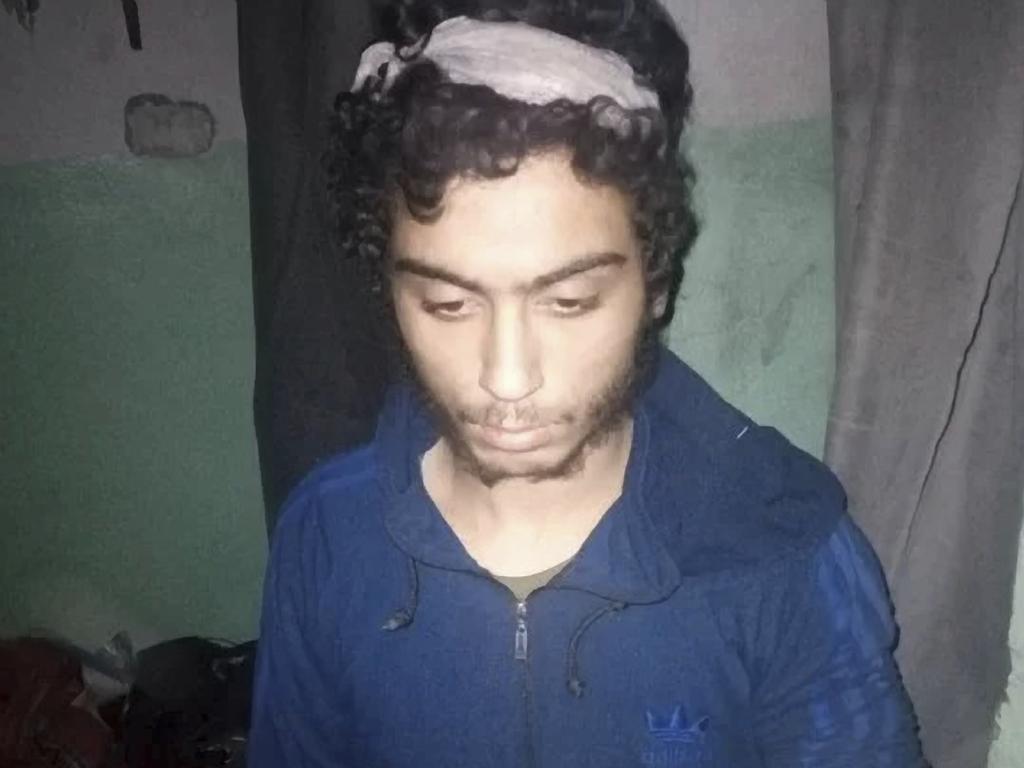Children of Isis fighters face a life behind bars
The vexed question of what to do with thousands of boys born of foreign Isis fighters who face a lifetime of detention unless they are repatriated is no closer to being solved.
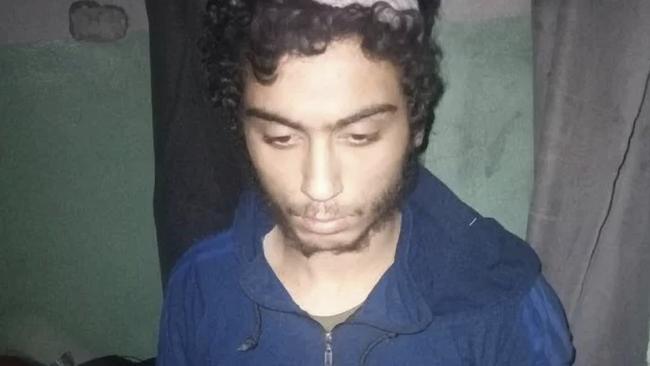
As the blindfold and handcuffs are removed, a faint flicker of hope spreads across Yusuf Zahab’s face and he breaks down in tears. The brother of two Islamic State recruiters and fighters was taken to Syria from Australia at the age of 11. He is one of the so-called cubs of the caliphate.
“Am I finally going home now?” he asks, massaging a shrapnel wound on the crown of his head. Injured two years ago during fighting after a mass jailbreak at al-Sinaa, a prison for Isis inmates in Syria, Zahab, now 20, is recovering from tuberculosis and struggling with brain damage caused by injuries he sustained when a Kurdish airstrike destroyed his cell.
Now being held at a high-security prison, the location of which is not disclosed, Zahab is brought by the Kurdish authorities to meet The Times in a tiny room in another jail in Hasakah, a city in northeastern Syria. “I don’t belong here,” he insists, shivering despite the red jumper he has been allowed to wear instead of prison uniform.
His eyes are bloodshot and darkened with purple circles, regularly darting towards the two armed guards listening. “I am the youngest prisoner. I was always the one who was afraid and scared. I’ve never touched a weapon. I was just a child who thought he was going on holiday.”

Many will agree that Zahab does not deserve to be locked up in Syria, but the vexed question of what to do with him and the thousands of children born of foreign Isis fighters, now held in refugee camps, is no closer to being answered. The collapse of Isis in 2019 means they could face a lifetime of detention in military prisons unless they are repatriated to their home countries.
For almost two years Zahab’s family and the Australian authorities believed that he had been killed in the battles at al-Sinaa prison. After a video emerged of him alive last year, his family issued a statement saying: “We are simply overwhelmed with joy by this news and are so thankful to now have hope again that we’ll soon be reunited with him. Yusuf was just a young boy when he was taken to Syria. We can only begin to imagine the horrors that he has suffered.”
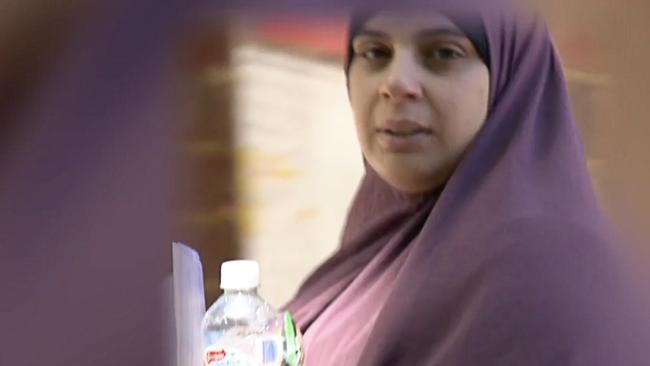
Zahab recalls being forcibly removed from his mother, Mariam Raad, in the camp. She was repatriated to Sydney but arrested and charged last year with entering and remaining in parts of Syria under Islamic State control, having followed her husband, Muhammad Zahab, an Isis fighter and prolific recruiter. At least ten Australian children have been removed from Syrian camps since 2020, their whereabouts unknown.
UN rapporteurs have expressed “grave concern” about boys as young as ten being “forcibly and violently” taken from refugee camps by the local authorities and separated from their mothers with no communication.
The Syrian Democratic Forces (SDF), the military wing of the Autonomous Administration of North and East Syria, which has about 7,000 children in its care in facilities, said these missing children would have been taken to one of its two “rehabilitation centres’‘. It admitted, however, that hundreds of minors are also detained in military prisons because of a lack of space.
Jihan Hanan, the co-head of the sprawling al-Hawl camp, confirmed that last month several more boys aged 14 and older had been removed during the largest raid by the Kurdish administration in three years, in response to a 200 per cent increase in Isis activity since the Hamas attacks in Israel that led to the war in Gaza.
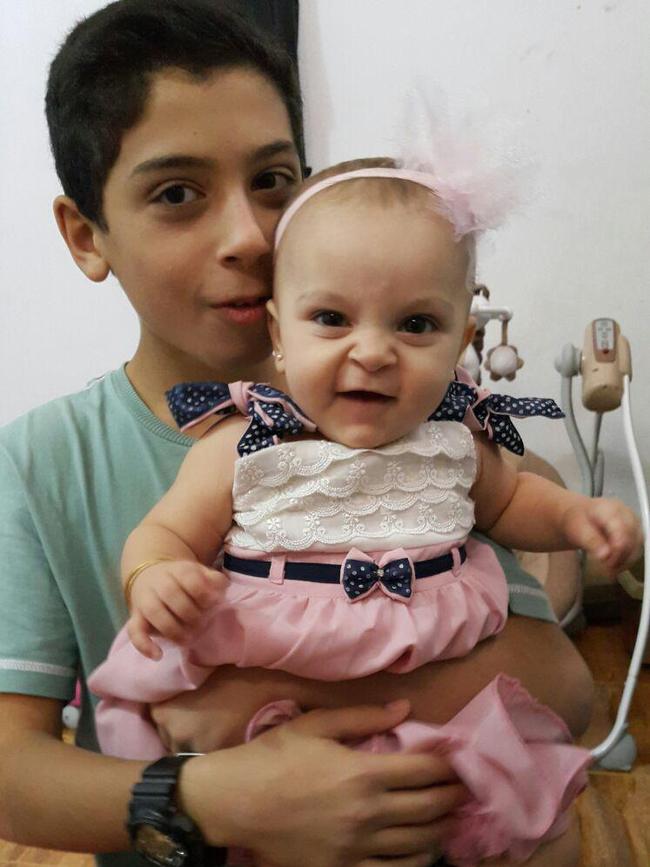
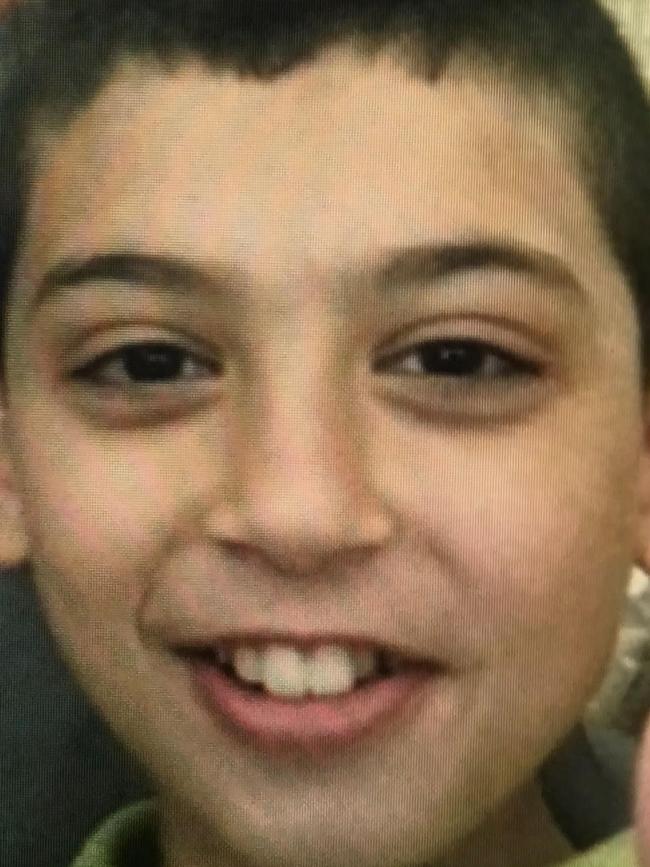
A video shared with The Times showed dozens of women and children in al-Hawl staging an uprising a week before the raid, attempting to break open the camp gate.
The Kurdish authorities say the camps are becoming increasingly dangerous, with landmines, assault rifles and rocket-propelled grenades being discovered by guards. The Isis presence in the camps, they say, is moving from “simply ideological to fully operational”. This, they add, justifies the need to “remove teenage boys and stop the new Isis terrorist generation from growing”.
Al-Hawl holds 3,960 boys aged 12 to 14 who are due to be moved to other detention facilities in coming months and years. Hanan says they need more international help to deal with the growing numbers. It is the most dangerous refugee facility in the region, with 177 murder cases in the past five years.
In the less radical Roj camp, British mothers say they live with a “constant fear” of violent raids by the authorities, with reports of children being “snatched” from tents at night.
Abdullah Hammad Ali, 16, who was brought to Syria by his British-Pakistani mother when he was seven, had just turned 12 when he was taken by the Asayish, the Kurdish internal security forces, from Roj camp. He says he was held in isolation for four weeks before being allowed to meet other children, some of whom admit to committing violent acts while they lived under Isis.
Dateline was granted access to interview Yusuf Zahab, a western Sydney boy who was taken to Syria to live under IS. As a teenager, he was detained without charge in an adult prison.
— SBS Dateline (@DatelineSBS) February 28, 2024
He said Dateline reporters were the first Australians he had seen since 2019. pic.twitter.com/ee6qSjfiAx
He is now at the Hori youth facility, one of two rehabilitation centres run by the Kurdish authorities. Ali claims to have been too young for military training under the caliphate and says that his peers “all hate Isis - we just want to forget and be normal children again”.
His days are spent confined to the centre, often in a dormitory shared with five other boys, because of the Isis attempts to break children out, and Turkish airstrikes in the area. A portion of his learning involves “establishing good from bad” while drawing or playing musical instruments. He is also completing vocational training to become a barber but is concerned that next year, when he turns 18, he might be moved to an adult military prison.
“Boys are afraid. We shave our beards and act younger,” he says. “We want to go home, but we would rather be kept in this centre than taken to those prisons.”
The centre’s director, Ahmed, who asks to withhold his surname because of recent Isis attacks, says none of the boys “are threats any longer” and they have been “successfully deradicalised”.
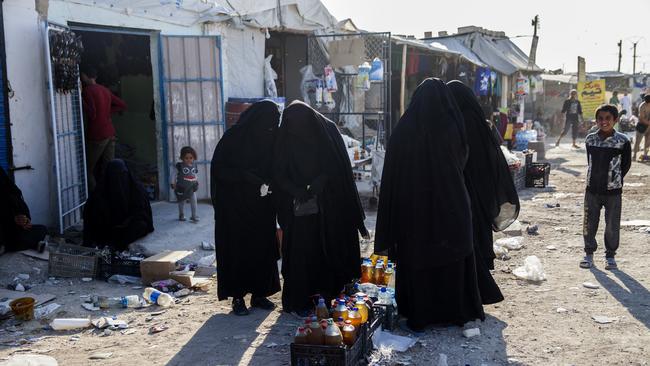
Despite Ali recalling visits from several British governmental representatives over the past four years, there are no known plans for him to be repatriated. “I do feel lonely. Everyone here gets sad. They just want to go back to their countries.”
Maya Foa, executive director of Reprieve, which works with British women and children in the camps, said that children were forced to “suffer indefinite detention”. She added: “They hear of the male prisons and they’re terrified. We know disease and death [and] torture is rife inside the adult prisons. That fear is a form of psychological torture.”
The SDF, however, said it could take no chances. “We will not allow the [Isis] generation to grow and just establish whatever they want,” a spokesman said. “These boys are told to get married and get new births for the [caliphate]. When they get 18 years old we will transfer those in the centres to the detention facilities.”
The Times



